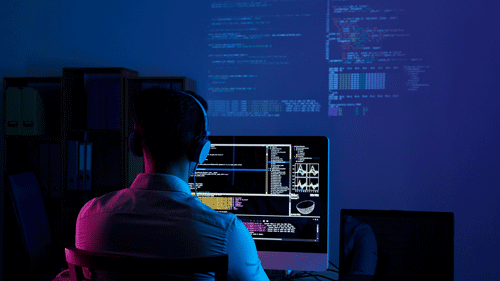Boosted by GenAI in the world of technology, code development has been vastly improved with efficiency without necessarily compromising originality. Nevertheless, behind all the wonders of automated coding stands a silent but important concern - the oversight of weak links within GenAI-created code. The Promise of GenAI-Generated Code GenAI's learning tool, which can imitate...
Container security is crucial to keeping your containers safe and ensuring that your applications are running as intended. However, even with the best security measures in place, human error can still lead to container security incidents. Human errors can result in misconfigurations in the container or the host system, which can lead to containers being left exposed to the internet or being able to access sensitive data. In some cases, errors can also lead to containers being used to launch attacks on other systems. To help prevent human errors from leading to container security incidents, it is crucial to understand how containers work and how to configure them properly. Additionally, it is vital to have a process in place for managing containers so that changes are controlled and consistent.
There are several human errors in container security incidents, including the following:
1. Miscalculation of result requirements
When deploying a container, the application owner or development team may miscalculate the required resources for the application to run properly. This can lead to the application being over-provisioned or under-provisioned, which can impact performance and stability.
2. Lack of validation
Validating the contents of a container image is crucial to ensuring that the image does not contain any vulnerabilities. However, some development teams may forget to validate their images, which can lead to images with known vulnerabilities being deployed.
3. Misconfiguration
Containers can be misconfigured in many ways, including exposing sensitive data or making the container accessible from the internet. Sometimes, these misconfigurations can be made due to human error, such as forgetting to update a configuration file.
4. Lack of awareness
Some development teams may not be aware of the security risks associated with containers and how to secure them properly. This lack of awareness can lead to insecure practices, such as running containers with privileged access.
5. Inadequate testing
One of the most important aspects of container security is testing. However, some development teams may not thoroughly test their containers, which can lead to vulnerabilities in production images.
6. Underestimating the importance of security
Some development teams may underestimate the importance of container security and fail to invest the necessary time and resources into securing their containers. This can lead to a lack of security best practices being followed and potentially serious vulnerabilities being present in the containers.
7. Lack of documentation
Documentation is essential for any system but significant for container security. It can be challenging to understand the security risks associated with a particular container and how to mitigate them without proper documentation.
8. Overlooking potential risks
When assessing the security of a container, it is important to consider all potential risks. However, some development teams may overlook certain risks, such as those associated with the host system. If a particular risk is not considered, it may not be properly mitigated.
9. Failing to plan for the future
When deploying a container, it is important to consider how the application will need to scale in the future. If a development team fails to plan for future growth, they may find themselves in a position where they cannot correctly secure their containers.
10. Not monitoring for changes or activity
Lastly, monitoring containers for changes or activities that could indicate a security issue is important. Some development teams may not perform this type of monitoring, allowing issues to go undetected. If you are using containers in your environment, it is vital to be aware of the potential for human errors and to put measures in place to prevent them from leading to container security incidents. Implementing a comprehensive container security strategy can help to reduce the risk of human error and keep your containers safe.


